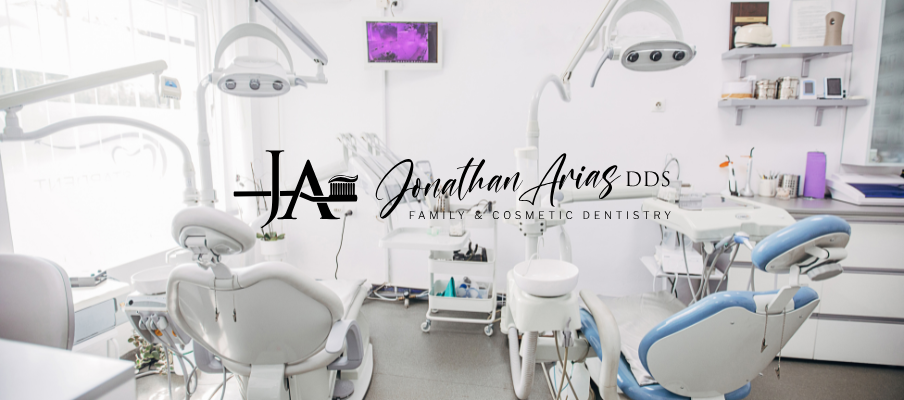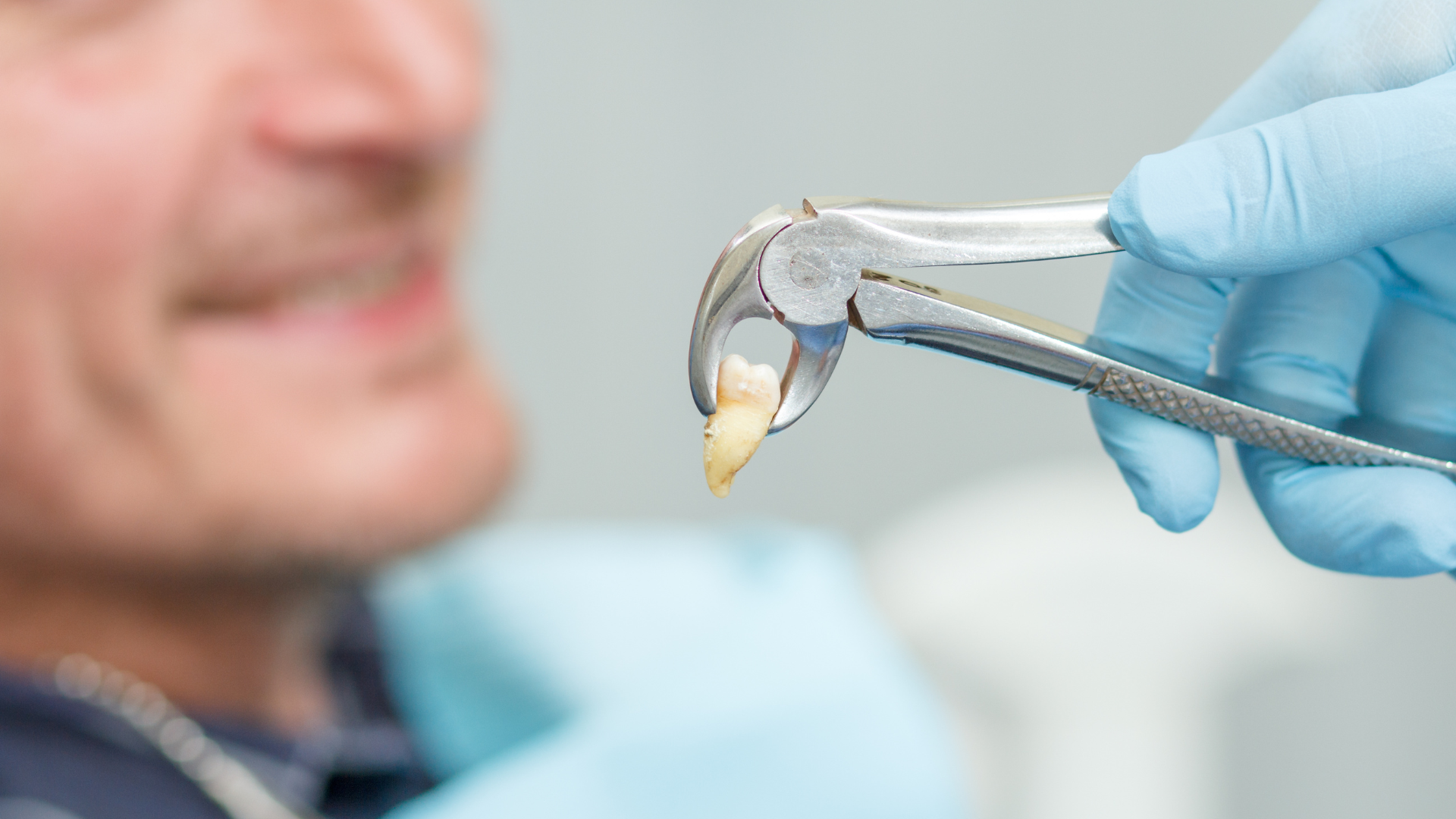Invisalign: How Long Will It Really Take?
Factors That Influence Treatment Duration
Getting Invisalign is a big decision—and one of the first questions is always: “How long will it take?” The truth is, it depends. Several factors influence your timeline, from the complexity of your case to how well you follow instructions.
Severity of Misalignment
This is the number one factor. Here's a general idea of treatment durations based on case type:
- Minor gaps or mild crowding: 8 weeks to 6 months
- Moderate misalignment: 6 to 12 months
- Complex cases with major crowding or bite issues: 18 to 24+ months
The more movement required, the more aligners you'll need and the longer your journey will be.
Aligner Count and Switching Frequency
On average, most patients use 14 to 26 aligner trays, though some mild cases may only need 6. You’ll typically switch to a new tray every 1–2 weeks, depending on your provider’s plan.
Each tray is a small step in a carefully mapped journey—missed changes or delays in switching can throw off your schedule.
Age and Bone Density
While Invisalign works for teens and adults, age can subtly affect treatment length. Teenagers usually respond faster because their bones are still developing. In contrast, adults—especially older ones—may need extra months due to slower bone remodeling and higher bone density.
Compliance with Wear Time
This can’t be stressed enough: wearing your aligners 22–23 hours a day is crucial. If you don’t, progress slows down or stops entirely.
For teens, many aligners come with blue compliance indicators—tiny dots that fade when worn correctly, helping orthodontists monitor usage.
Think of your aligners as a prescription. You wouldn't skip doses of medication and expect it to work, right? The same goes for Invisalign. Consistent wear is key to staying on track and achieving the smile you want in the estimated timeframe.

Typical Treatment Timeline
So, you're thinking about Invisalign? Great! One of the first things everyone wants to know is: how long will this take? It's not a one-size-fits-all answer, but let's break down what a typical Invisalign timeline looks like. It's more than just popping in aligners; there are a few key steps involved.
Initial Consultation
This is where it all begins. You'll meet with your orthodontist to see if Invisalign is right for you. They'll examine your teeth, discuss your goals, and take X-rays or scans. This appointment is super important because it sets the stage for everything else. They'll be looking at things like the severity of your misalignment, your bite, and overall dental health. Don't be afraid to ask questions!
Custom Treatment Plan
After the initial consultation, if you're a good candidate, the orthodontist will create a custom treatment plan. This involves taking detailed impressions or digital scans of your teeth. These are then used to create a 3D model of your mouth, which is used to map out the entire treatment process, step by step. You'll even get to see a virtual preview of what your teeth will look like at the end of treatment! The treatment plan will outline:
- The number of aligners you'll need.
- How often you'll need to change them (usually every 1-2 weeks).
- The estimated length of your treatment.
It's important to remember that this is just an estimate. The actual duration can vary depending on how well you follow the instructions and how your teeth respond to treatment.
Regular Check-Ups
Throughout your Invisalign treatment, you'll have regular check-up appointments with your orthodontist. These are usually scheduled every 6-8 weeks. During these appointments, the orthodontist will check your progress, make any necessary adjustments, and give you your next set of aligners. These check-ups are crucial for ensuring that your treatment is on track. If you're not seeing the expected progress, they can make adjustments to the plan. Think of it like this: you wouldn't skip oil changes on your car, right? Same goes for your teeth!

Comparing Invisalign To Traditional Braces
Average Duration For Braces
Okay, so let's talk about how long you'll be rocking those metal brackets. Traditional braces, on average, stick around for about 18 months to 3 years. That's a pretty big chunk of time! It really depends on how messed up your teeth are to begin with. Some people might only need them for a year and a half, while others could be in it for the long haul, closer to three years or even more. Factors like how well you take care of your braces (brushing, flossing, avoiding certain foods) also play a huge role.
It's worth noting that while braces might seem like a drag, they've been around forever and are super effective for all sorts of alignment issues. They're like the reliable old workhorse of orthodontics.
Flexibility And Comfort
Invisalign definitely wins in the flexibility and comfort department. With Invisalign, you can take them out to eat, drink, brush, and floss. That's a huge plus! No more worrying about food getting stuck in your brackets or struggling to clean around wires. Plus, they're way more comfortable than traditional braces. No sharp metal poking your cheeks or tongue. However, you need to be disciplined about wearing them for the recommended 20-22 hours a day. If you don't, your treatment will take longer, and you won't get the results you want. Traditional braces are fixed, so you don't have a choice – they're always working. This constant pressure can be more effective for complex cases, but it also means more discomfort.
Here's a quick comparison:
| Feature | Invisalign | Traditional Braces |
|---|---|---|
| Comfort | More comfortable | Can cause irritation and discomfort |
| Removability | Removable | Fixed |
| Food Restrictions | None (remove aligners to eat) | Several restrictions |
| Cleaning | Easier (remove aligners to brush and floss) | More difficult (requires special tools) |
Aesthetic Considerations
Let's be real, looks matter. Invisalign is practically invisible, which is a huge selling point for many adults and teens. You can straighten your teeth without everyone knowing you're wearing aligners. Traditional braces, on the other hand, are pretty noticeable. While there are options like ceramic braces that are less visible, they're still not as discreet as Invisalign. If you're self-conscious about your appearance, Invisalign is definitely the way to go.
Patient Experiences And Testimonials
Success Stories
It's always good to hear how things actually went for other people, right? Invisalign is no different. You'll find tons of stories online, and most of them are pretty positive. People talk about how much better their smile looks, obviously, but also how much easier it is to keep their teeth clean compared to braces. And, of course, they love that it's practically invisible.
Many patients report a significant boost in confidence after completing their Invisalign treatment.
- Improved smile aesthetics
- Enhanced oral hygiene
- Increased self-esteem
It's not always sunshine and rainbows, though. Some people have a harder time adjusting to the aligners, especially at first. But overall, the general consensus is that it's worth it in the end.
Challenges Faced
Okay, let's be real. It's not all smooth sailing. Some people struggle with the discomfort, especially when they switch to a new set of aligners. And you have to be disciplined about wearing them for the recommended 22 hours a day. That means taking them out for meals and brushing your teeth before putting them back in. It can be a pain, especially when you're out and about. Plus, there's the lisp that some people get when they first start wearing them. It usually goes away after a week or two, but it can be embarrassing. And don't forget about keeping those aligners clean! They can get pretty gross if you don't clean them regularly.
Here's a quick rundown of common issues:
| Challenge | Description |
|---|---|
| Discomfort | Initial soreness when switching to new aligners. |
| Wear Time | Requires consistent wear (22 hours/day) for effective treatment. |
| Oral Hygiene | Maintaining cleanliness of aligners and teeth after meals. |
| Speech Impediment | Temporary lisp or speech alteration at the beginning of treatment. |
Realistic Expectations
So, what should you really expect? First off, it's not a quick fix. It takes time, and you need to be patient. And while Invisalign is great, it's not a miracle worker. It might not be the best option for really severe cases of misalignment. It's also important to remember that everyone's different. Your treatment time might be longer or shorter than someone else's. And finally, don't expect perfection. Your teeth might not be perfectly straight at the end, but they'll definitely be better than they were before.
- Understand the treatment timeline varies.
- Recognize limitations for severe cases.
- Maintain open communication with your orthodontist.
Maintaining Results After Treatment
So, you've finished your Invisalign treatment – congrats! But the journey doesn't end there. Keeping that beautiful smile requires some ongoing effort. It's like, you wouldn't just stop watering a plant after it blooms, right? Same deal here.
Importance Of Retainers
Okay, retainers. These are super important. Think of them as your smile's security blanket. Your teeth have a memory, and they'll try to shift back to their old positions if you don't give them a little nudge to stay put.
- Wear your retainer as instructed. Seriously, don't slack off.
- Clean your retainer regularly. Nobody wants a funky retainer.
- Store your retainer properly when you're not wearing it. Don't just toss it on your nightstand where your dog can get to it.
Wearing your retainer is non-negotiable if you want to keep your teeth straight. It's a small price to pay for a lifetime of smiles.
Long-Term Care
Beyond retainers, good oral hygiene is key. You know the drill: brush twice a day, floss daily, and see your dentist for regular check-ups. It's not rocket science, but it makes a huge difference. Also, be mindful of habits that can shift your teeth, like nail-biting or grinding your teeth at night. If you're a grinder, talk to your dentist about a night guard.
Follow-Up Appointments
Even after you're done with Invisalign, it's a good idea to have occasional check-ups with your orthodontist. They can make sure everything is still looking good and catch any potential problems early on. Think of it as preventative maintenance for your smile.
Consulting With Your Orthodontist
Personalized Assessment
Okay, so you're thinking about Invisalign. The first step is always talking to an orthodontist. They're the pros who can really look at your teeth and figure out what's going on. It's not just about whether your teeth are crooked; they check your bite, jaw alignment, and overall dental health. This initial assessment is super important because it determines if Invisalign is even the right choice for you. They might take X-rays, do impressions, and take photos to get a complete picture. It's like getting a custom-tailored plan just for your mouth.
Understanding Your Options
Once the orthodontist has assessed your teeth, they'll walk you through all the options. Invisalign isn't the only game in town, even though it's pretty popular. They might suggest traditional braces, or other types of clear aligners. The orthodontist will explain the pros and cons of each, how long they usually take, and what the costs are. Don't be afraid to ask a ton of questions! You need to understand what you're signing up for. They should also explain how the treatment works, what to expect during the process, and how often you'll need to come in for check-ups.
Setting Realistic Goals
It's easy to get caught up in the idea of a perfect smile, but it's important to have realistic expectations. Your orthodontist can help you understand what Invisalign can and can't do for your specific situation. They'll show you simulations of what your teeth might look like after treatment, but remember, these are just estimates. The actual results can vary. Also, they'll talk about how long the treatment is likely to take. This depends on how much your teeth need to move and how well you follow the instructions. Remember, compliance is key! If you don't wear your aligners as much as you're supposed to, it's going to take longer.
It's important to remember that every mouth is different, and results can vary. Your orthodontist will work with you to create a plan that's tailored to your specific needs and goals. They'll also be there to support you throughout the process and answer any questions you have.
Wrapping It Up
So, how long does Invisalign really take? Well, it varies. For most folks, it’s anywhere from six months to two years, depending on how much work your teeth need. Some people might finish quicker, while others might take a bit longer. The key is sticking to the plan and wearing those aligners as directed. Remember, every mouth is different, and your journey will be unique. If you’re thinking about getting Invisalign, chat with your dentist or orthodontist. They can give you a better idea of what to expect based on your situation. In the end, it’s all about getting that smile you’ve always wanted.











